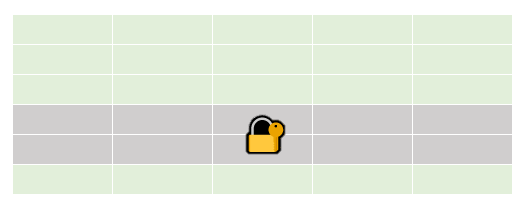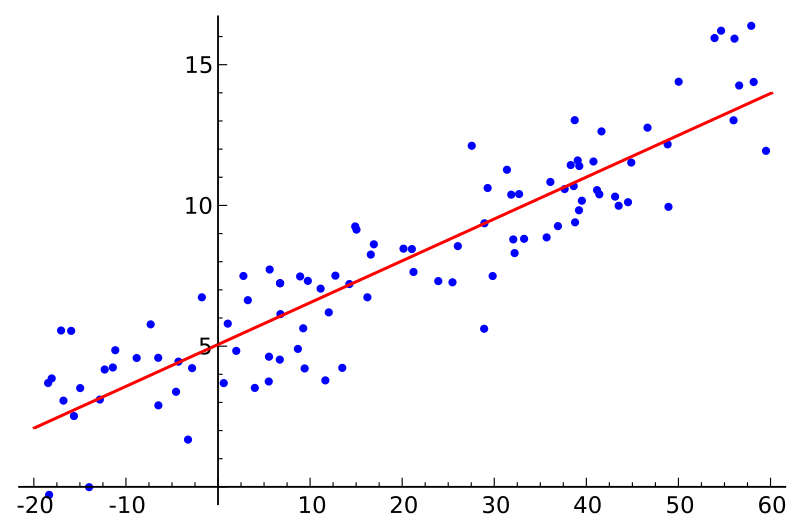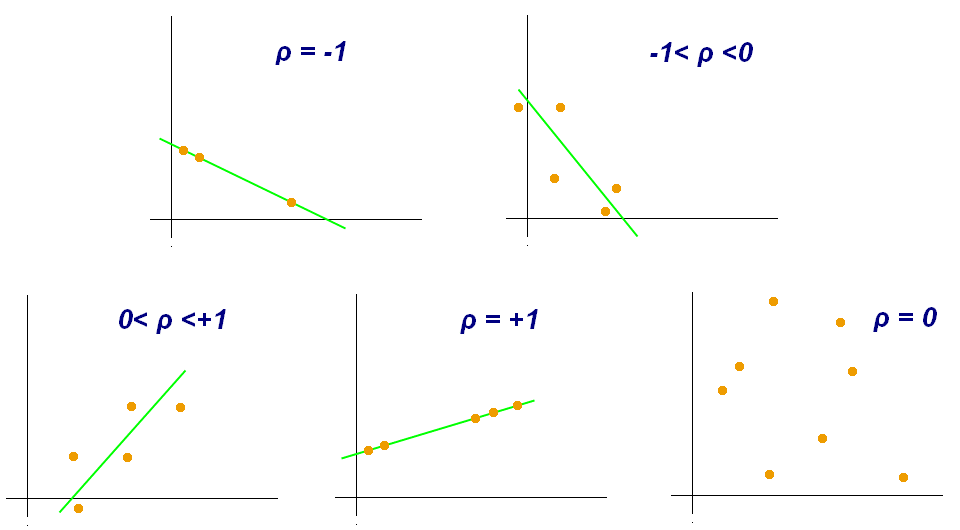
Row-level security is an important part of many data models. In this article, I am showing a way to selectively grant “all” access with dynamic row-level security and only one role. For example, we can let a CEO see the whole data model, but a department head will be able to see their department’s data only. This article presents a more flexible approach in cases where using an organizational hierarchy and PATHCONTAINS would be inappropriate. Continue reading “Configuring “all” access with dynamic row-level security”

